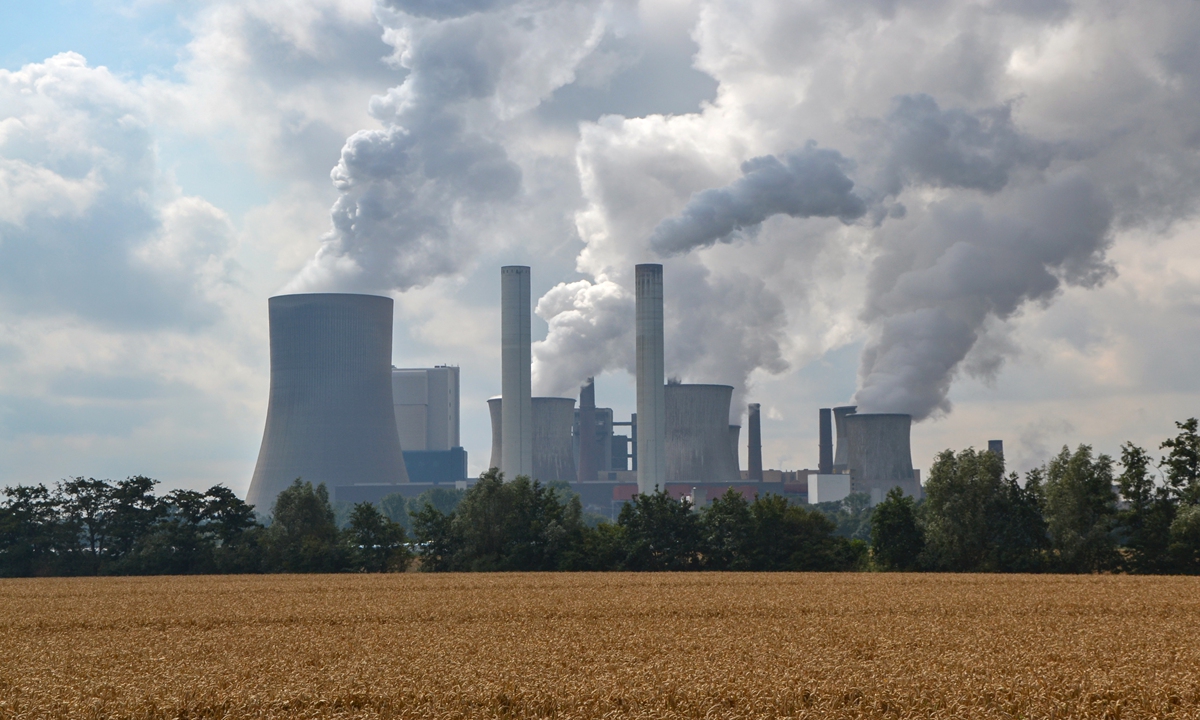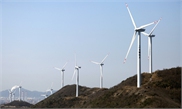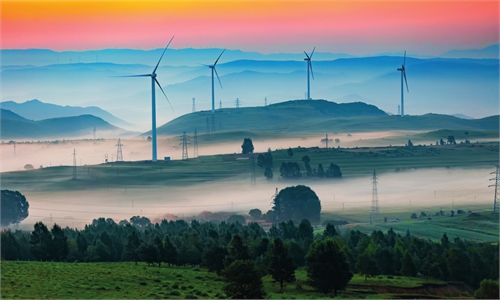Shanghai, Hubei make ‘last push’ to accelerate building national-level carbon trading mechanism by end of June

Photo: VCG
Being selected as the two centers for the national-level carbon emission trading system, one for trading and one for the registration of applications and data collection, Shanghai and Wuhan will step up to build the carbon trading system by the end of June.
Shanghai Environment and Energy Exchange is responsible for the establishment of the trading system, while China Hubei Emission Exchange in Wuhan, Central China's Hubei Province, is preparing for the work of the registration of applications and data collection for all carbon emission rights trading customers.
Hubei Emission Exchange said it has been working on the registration work for the first batch of 2,225 power generation firms. Shanghai has concluded preliminary work in simulation trading market trial operation, according to the Shanghai Environment and Energy Exchange.
The goal of the national carbon trading system is to gradually establish a carbon market with clear and fair mechanisms including clear ownership, effective regulation, transparency and international influence, according to Lai Xiaoming, chairman of the Shanghai Environment and Energy Exchange.
Along with the current carbon emission rights market, more derivative products should be established in accordance with the development of the national carbon emission rights trading market, Lai said.
Thanks to both trial centers' good performance, the national-level carbon trading mechanism has been pushed forward step by step as a way to show China's commitment to reduce carbon emissions.
China has made a commitment that it will strive to peak carbon dioxide emissions by 2030 and achieve carbon neutrality by 2060. This is also an important mechanism for achieving international cooperation on climate change under the Kyoto Protocol.
Since 2011, the National Development and Reform Commission has approved seven provinces/cities including Beijing, Shanghai, Tianjin, Chongqing, Guangdong, Shenzhen and Hubei to start trial schemes on carbon dioxide emission rights trading.
Shanghai officially started trading in 2013, and became the only trial center with a compliance rate reaching 100 percent during the seven years, indicating all the included firms have fulfilled their commitment in carbon emission rights trading, Zhou Jun, head of the division of atmospheric environment and climate change of the Shanghai Bureau of Ecology and Environment, told the Global Times in a previous interview.
So far, 373 enterprises have been included into Hebei's carbon emission rights trading, with their emission up to 275 million tons, accounting for 45 percent of the total volume in Hubei, mainly covering 16 industries such as electricity, steel, cement and chemical engineering.
In 2020, 356 million tons of carbon emission rights were traded in Hubei's market, accounting for 50.8 percent of the nation's total, according to Hubei local authorities on March 18.
Hubei will continue to explore and innovate various carbon trading products and carbon financial instruments, establish the "Hubei Green Industry Project", and establish the service platform for green and low-carbon industries as well as other platforms such as low-carbon big data platform, according to Hubei Today.


